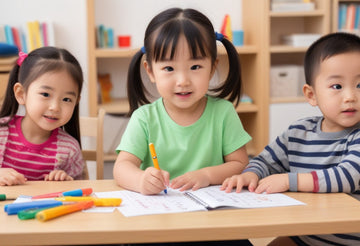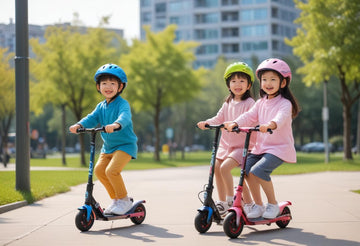Introduction
In the rapidly evolving landscape of education technology, tools that aid in early childhood development are becoming increasingly sophisticated and effective. One such innovative tool is the bilingual talking pen, specifically designed to support young children in learning Chinese and English simultaneously. This device is proving to be an invaluable asset in helping children, particularly those as young as 2 years old, develop their vocabulary and build a strong foundation in both languages.
What is a Bilingual Talking Pen?
A bilingual talking pen is an interactive learning device that pairs with specially designed books or flashcards. When the pen touches a word or picture, it reads aloud the corresponding word or phrase in the selected language—Chinese or English. This auditory and visual stimulation helps children associate words with their meanings, improving their language skills through engaging, hands-on learning.
Benefits of Bilingual Talking Pens for Young Learners
- Boosting Vocabulary Acquisition
At the age of 2, children are at a crucial stage of language development. They are rapidly absorbing new words and concepts. A bilingual talking pen facilitates this process by:
- Repetition and Reinforcement: Hearing words repeatedly helps children remember them. The talking pen provides consistent pronunciation and usage examples, reinforcing learning.
- Engaging Multiple Senses: Combining auditory and visual learning, the pen helps children better retain information. The multisensory approach ensures that children not only hear the words but also see them in context.
- Improving Pronunciation and Listening Skills
Correct pronunciation is critical in language learning, especially for tonal languages like Chinese. The bilingual talking pen:
- Provides Accurate Pronunciation: Children hear words spoken by native speakers, ensuring they learn correct pronunciation from the start.
- Enhances Listening Comprehension: Regular exposure to spoken language helps children understand spoken words and phrases more easily, improving their overall listening skills.
- Building a Strong Foundation in Both Languages
Bilingualism has numerous cognitive benefits, including improved problem-solving skills and enhanced creativity. By introducing both Chinese and English at a young age, the talking pen:
- Encourages Natural Bilingual Development: Children learn to switch between languages seamlessly, fostering bilingual proficiency.
- Expands Cultural Awareness: Exposure to two languages opens up a child's understanding of different cultures, fostering global awareness and acceptance.
- Making Learning Fun and Interactive
Keeping young children engaged is essential for effective learning. The bilingual talking pen transforms learning into an enjoyable activity by:
- Interactive Learning: Children actively participate by using the pen to explore words and sounds, making learning a fun and dynamic experience.
- Instant Feedback: Immediate auditory feedback helps children correct mistakes and understand words better, boosting their confidence and motivation to learn.
Practical Tips for Using a Bilingual Talking Pen
To maximize the benefits of a bilingual talking pen, consider the following tips:
- Consistent Use: Regularly incorporate the pen into daily routines. Short, frequent sessions are more effective than longer, irregular ones.
- Parental Involvement: Parents should engage with their children during these sessions, offering encouragement and reinforcing learning.
- Varied Materials: Use a variety of books and flashcards to cover different topics and keep the learning experience fresh and exciting.
Conclusion
The bilingual talking pen is more than just a toy—it's a powerful educational tool that can significantly enhance a child's language development from a very young age. By providing a fun, interactive, and effective way to learn both Chinese and English, it helps children build a robust vocabulary and develop essential language skills that will benefit them for a lifetime. Embracing this technology can give your child a head start in becoming a confident and proficient bilingual speaker.






